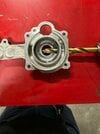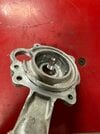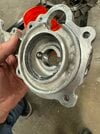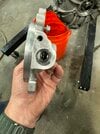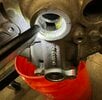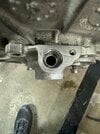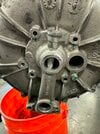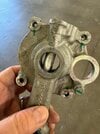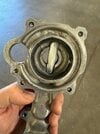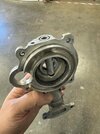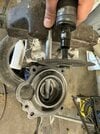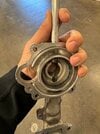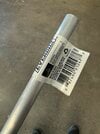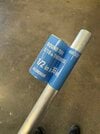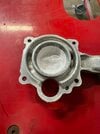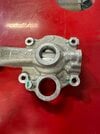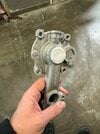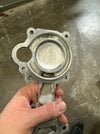Thank you guys a ton for making this. I've been contemplating parting with my P85 and opting for a 90d setup to get rid of the LDU situation. I have not been following this situation for half a year or so, my P85 now has 82k miles (2013) and the drive unit was replaced at 30k miles. I haven't checked for leaks in six months.
I am just catching up on this development with Tesla not using a cooled rotor (U model I believe) and QC charge now offering an aftermarket solution to retrofit existing LDU's.
1. Does the model U work for existing performance models (much higher peak power) over the original LDU on the base model?
2. Any idea of life expectancy on the updated LDU (e.g. will the shaft get hot or warp) with the factory coolant delete from Tesla?
3. From the QCCharge feature, it appears going to a wrecker and acquring the components from a model 3 will provide some level of cooling over the original solution with transmission fluid (dextron). I am assuming the dextron w/ the QCCharge solution can still leak into the housing as the seal shaft is still intact.
My understanding and please correct me if I am wrong-
QCCharge solution - coolant delete but must add oil cooling to replace
Tesla model U solution - coolant delete with no added cooling.
Please let me know what I am missing.
I am assuming either QCCharge will perform the entire upgrade as a feature (AJ please provide an estimate to have it done by you guys) vs. DIY. If QCCharge still does the coolant delete, are drain hoses still required so we can change out the fluid? What tools are required for DIY conversion? (I am contemplating putting a lift in my shop for $5k and doing this work myself over sending it out).
Very excited to have an upgrade path so I can keep my Tesla 400k miles.
Thanks
beastman
With our solution you can do either NO rotor cooling (like the Rev U Tesla LDU), or as an option oil cooling can be added on. Our manifolds will be backwards compatible, so if you put it on without cooling and you change your mind, the cooling can be added on later (the drive unit would need to be removed from the vehicle to do so of course).
The cost of the base version (rotor cooling delete) will be $599 for the part, either available for DIY, or we can install it here at our shop. The labor should be somewhere in the ~4-5hr range to install it (drive unit needs to be removed from the vehicle to install). We still need to do some more validation and finalize parts sourcing for the optional oil cooling parts, but that will probably be in the ~$500 range, plus of course the extra labor to install. We would of course recommend a drain setup if utilizing the oil cooling for the rotor.
There is of course a risk of ATF leakage if there is a seal issue on the oil cooled option, but with oil there should be some significant advantages:
1. Lubricating properties of the oil "should" keep the seal from wearing out as quickly.
2. Oil is non-conductive, and non-corrosive, so IF it does leak, it shouldn't "destroy" the drive unit like coolant does.
As far as disadvantages to not having cooling, it's hard to say for sure without long term data. Clearly Tesla has decided that will be their path forward, and one would like to think that they did some sort of serious validation to make this sort of change, but who knows... If I were to guess, the most likely downside would be a decreased lifespan of the rotor bearings, but I think that's a worthy tradeoff if it means the rest of the motor doesn't get destroyed by coolant intrusion. And honestly, the amount of cooling the rotor does get in the stock configuration is teeny tiny, as the main restriction is a ~1/8" hole where that circuit passes through the two case halves. As it is already, the rotor gets hot enough to discolor the steel laminations.



